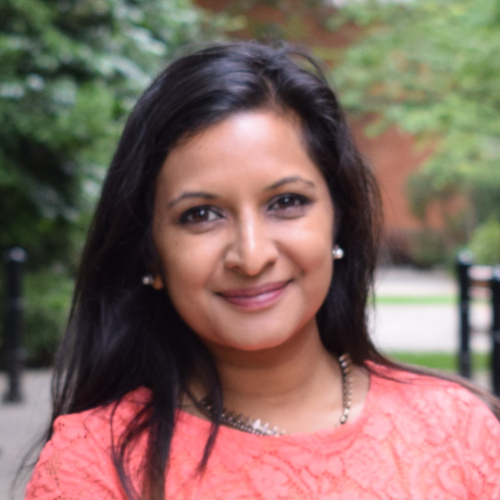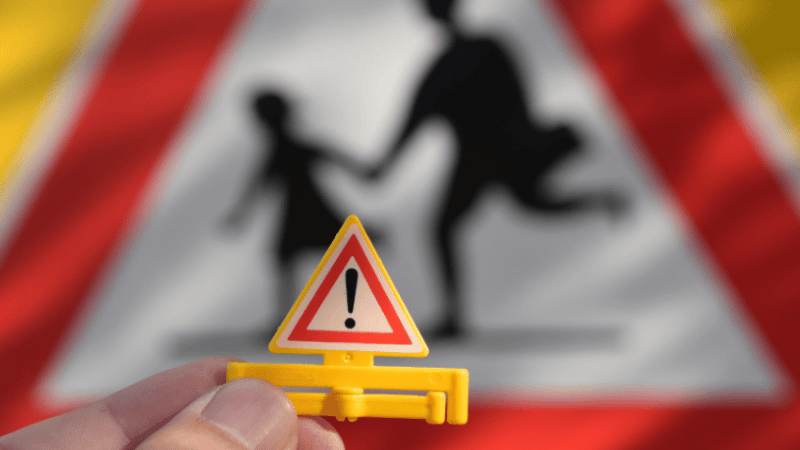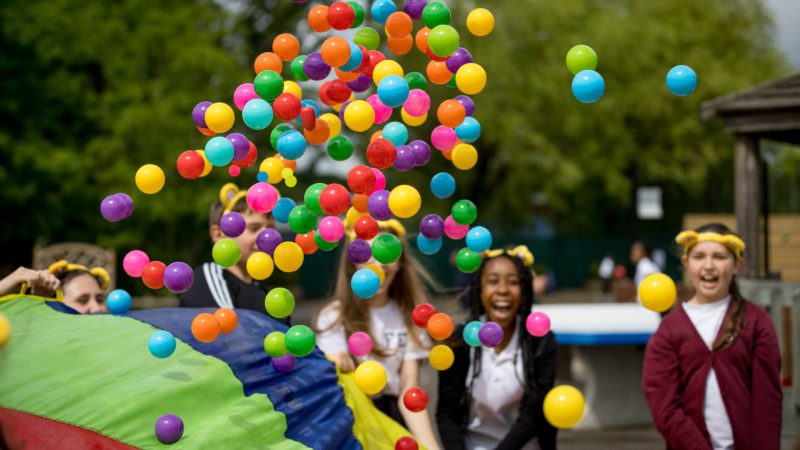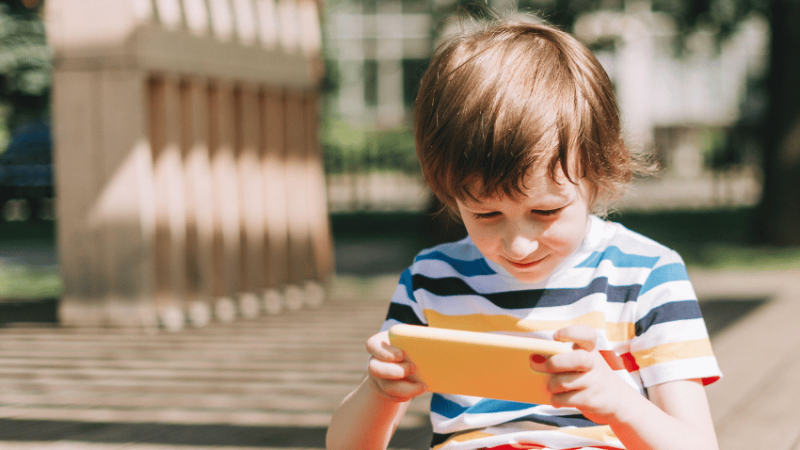Child poverty – Poorer primary pupils are falling further behind than ever, even before the pandemic hit
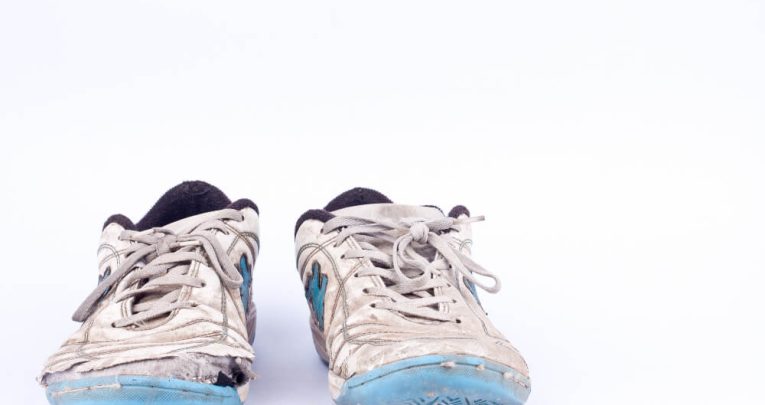
Poorer primary pupils are nine months of learning behind by the end of Y6 and even before the pandemic, the gap was getting bigger, says Natalie Perera…
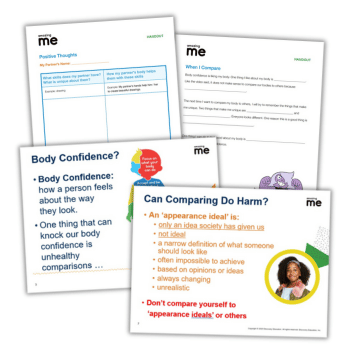
2020 has been a year like no other. Teachers and schools have responded to the many challenges posed by the Covid-19 pandemic, often going above and beyond to deliver pupils’ education.
But in spite of the herculean efforts of those working in the education system over the last few months, we know that all the disruption this year is highly likely to result in lost learning for children.
Pupils from more disadvantaged backgrounds will be facing the biggest hurdles, given they are likely to have been hit the hardest by school closures.
Evidence shows that during lockdown, more affluent pupils are more likely to have had teacher interaction through remote classes, personal tutoring, and a home environment that is more conducive to learning.
The ongoing pandemic has exposed many things in this country – not least the extent of educational inequality.
But these inequalities are by no means a new development; we know that the learning gap between rich and poor pupils was already a growing problem even before Covid-19 struck the education system.
Annual report
Each year in an annual report, Education Policy Institute researchers look at the ‘disadvantage gap’ – the gap in school attainment between poorer pupils and the rest.
Our latest report, published in August, found that last year, disadvantaged children were over a year and a half of learning behind their better off peers by the end of secondary school.
What is perhaps more disturbing is that on the eve of the pandemic this gap between rich and poor pupils had actually begun to widen: social mobility had started to go into reverse gear.
Inequalities are evident early on in a child’s life, and grow as they make their way through the education system.
Even in primary schools, these gaps are large: our research found that poorer pupils in primary are already over nine months of learning behind at the end of Y6 – and that gap has now got bigger for the first time since 2007.
In recent decades, policies from different governments designed to tackle inequalities in education had seemingly helped to narrow this gap. But in the last few years, this progress has gradually ground to a halt.
What exactly is driving this concerning trend? While we can’t say exactly from our latest findings, there are several big clues. One of these is the rise in the proportion of children that are in long-term, persistent poverty.
These pupils have some of the biggest learning gaps and, on average, trail more affluent pupils in school attainment by as much as two years by the end of secondary. Because this group is now on the rise, and they have the biggest gaps, it’s causing the overall education gap between rich and poor to rise.
Pivotal role
It’s also likely that several years of austerity and welfare reforms have a part to play.
The rate of per-pupil school funding has fallen in real terms over the last decade.
It is for precisely this reason that we cannot expect teachers and schools to deal with these deep-seated, national problems, as is sometimes implied.
Schools have a pivotal role to play in improving outcomes – particularly for the most vulnerable pupils – but we cannot expect the school system to continually pick up the slack, and deal with what is clearly a wider, societal problem. Teachers have the power to play a transformational role in individual pupils’ lives, but they are now faced with a rising tide of deprivation at a national level. It’s here where we need to see changes.
The government urgently needs to prioritise closing the disadvantage gap.
This means reassessing funding to ensure that the most disadvantaged pupils are given the support they need. It also means a wider programme that confronts the root causes of inequalities in education, especially persistent poverty. We are now facing a critical moment for children’s life chances, with Covid-19 having exacerbated a whole host of deeply ingrained problems.
We must follow the evidence and act decisively to stem the rising levels of disadvantage, or risk wiping out decades of progress in narrowing the gap and improving outcomes for the poorest children.
Natalie Perera is executive director of the Education Policy Institute. Find out more at epi.org.uk and follow her on Twitter at @natalieperera1.




